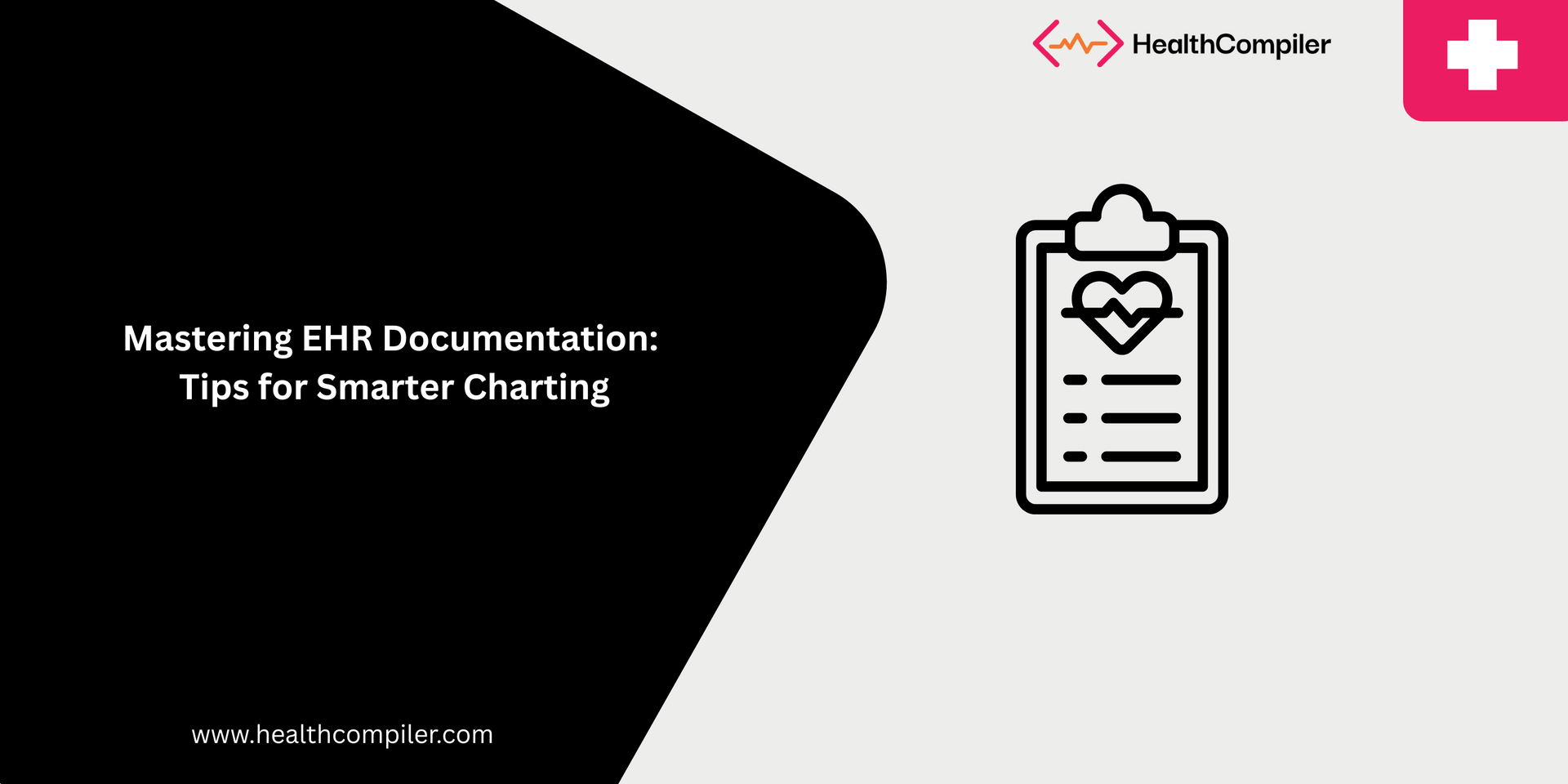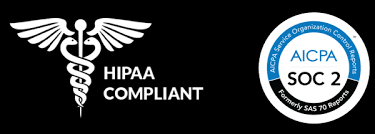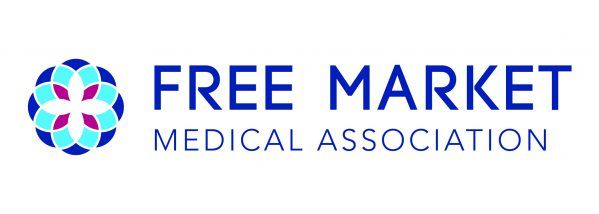EHR Documentation Best Practices: Smarter Charting & Better Care

Let’s be honest, documenting patient care in EHRs can sometimes feel like a never ending chore. But good documentation is more than a task to check off; it’s the backbone of delivering quality care, smooth workflows, and accurate billing. Follow these practical EHR documentation best practices to make charting smarter, faster, and more effective, all while improving patient outcomes.
Stick to the Standards, But Keep It Real
We all know the importance of EHR documentation standards and EHR documentation guidelines. These aren’t just bureaucratic red tape, they’re there to make sure patient records are clear, consistent, and legally sound.
But here’s the thing: following guidelines doesn’t mean writing pages of unnecessary information. It means capturing what matters in a way that’s easy to understand and useful for everyone on the care team.
Be Timely and Complete,The Clock Is Ticking
One of the biggest pitfalls is waiting too long to document. When notes are entered hours or even days after the encounter, details get fuzzy or missed altogether. Aim to complete your documentation as soon as possible, ideally right after the patient visit.
This habit ensures your records are accurate and helps avoid gaps that can cause billing headaches or patient safety issues. Remember, good medical billing documentation EHR starts with good clinical documentation.
Keep It Clear and Concise, Say More With Less
Busy providers often over document or use confusing jargon that makes notes harder to read. Instead, focus on writing clearly and concisely:
- Use plain language where possible
- Avoid vague phrases like “patient stable” without context
- Separate subjective patient comments from objective clinical findings
Clear notes help everyone from fellow providers to coders understand the story without guesswork.
Avoid Copy Paste Pitfalls
Templates and copy pasting can speed things up, but they also create risks. Outdated or irrelevant information sneaks in, inflating notes unnecessarily and muddying the clinical picture.
Customize templates to fit each patient’s unique visit and double check your entries. Doing so keeps your documentation both efficient and trustworthy.
Utilize EHR Features, But Don’t Over-Rely
EHR systems offer tools like dropdown menus, auto populated fields, and checklists to make documentation easier. Use them to save time but avoid becoming a slave to rigid workflows.
The goal is to support patient care, not just fill in boxes. Balance efficiency with clinical judgment to produce meaningful notes.
If you’re curious about choosing the right EHR system to complement your documentation practices, check out our guide on the Top 5 Best EHRs for Direct Primary Care in 2025.
Regular Audits and Feedback Are Your Friends
It’s easy to get comfortable with your documentation style, but periodic audits can uncover issues before they become problems. Regularly reviewing your records against EHR documentation standards helps catch gaps or inconsistencies early.
And if your practice provides feedback or training based on these audits, take it as a chance to improve not criticism.
Why All This Matters: Better Documentation Equals Better Care
Good documentation isn’t just about compliance or billing, it’s a vital tool for patient safety and quality care. When notes are clear, accurate, and timely:
- Providers have the right info to make decisions
- Care teams communicate seamlessly
- Patients get coordinated, efficient care
- Your practice avoids costly billing denials or audits
Final Thoughts
Mastering EHR documentation best practices is a win win: less stress for providers, more trust from patients, and healthier business operations. Focus on timely, clear, and guideline driven charting. Avoid shortcuts that compromise quality, and make your EHR work for you not against you.
Want to learn more about how to optimize your documentation processes or meet evolving compliance standards? Keep exploring trusted resources and don’t hesitate to invest in ongoing training.



